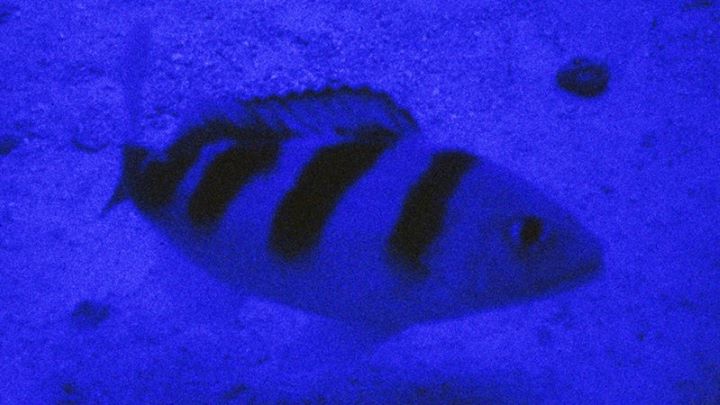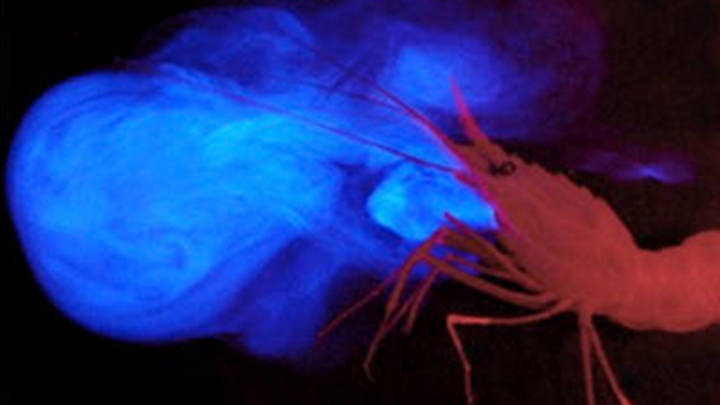
These selected lessons were developed by scientists and educators to demonstrate key bioluminescence concepts. For more lessons, search the full OceanExplorer.NOAA.gov lesson archive.
Older lessons are aligned to the National Science Education Standards and newer lessons support the Next Generation Science Standards (and their associated Common Core Standards). All lessons from 2006 to the present also support the Ocean Literacy Essential Principles and Fundamental Concepts . Note: The links provided in lessons are verified at the time of publication, but over time, may change or become obsolete.

Focus: Physical Science / Electromagnetic waves
Students explore the phenomenon of light and color in the ocean through sense-making. This process includes investigating how light interacts with different materials, making connections between the observed phenomenon and what happens to light as it passes through the ocean.
Read more
Focus: Life Science / Adaptations
Students explore the phenomenon of bioluminescence in deep-sea organisms and theorize about how it might help them to survive.
Read more
Lessons from previous curricula and expeditions were developed to support the National Science Education Standards.
In this activity, students will learn that white light (visible light) is comprised of all colors of the spectrum; that the quantity of light decreases with increasing depth in the ocean; that the quality of light changes with increasing depth; that red light penetrates water the least and that blue light penetrates water the most; that many ocean organisms are bioluminescent; that bioluminescent light is usually blue; and why organisms bioluminesce.
Read more (scroll to Lesson 13)In this activity, students will participate in an inquiry activity; relate the structure of an appendage to its function; and describe how a deepwater organism responds to its environment without bright light.
Read more (scroll to Lesson 14)In this activity, students compare and contrast chemiluminescence, bioluminescence, fluorescence, and phosphorescence and explain at least three ways in which the ability to produce light may be useful to deep-sea organisms.
Read moreIn this activity, students explain light in terms of electromagnetic waves and explain the relationship between color and wavelength; compare and contrast color related to wavelength with color perceived by biological vision systems; explain how color and light may be important to deep-sea organisms, even under conditions of near-total darkness; and predict the perceived color of objects when illuminated by light of certain wavelengths.
Read moreIn this activity, students explain the overall process of bioluminescence, including the role of luciferins, luciferases, and co-factors; discuss at least three phyla that include bioluminescent organisms; discuss at least three ways that bioluminescence may benefit deep-sea organisms and give an example of at least one organism that actually receives each of the benefits discussed; and create a scientific poster to communicate technical information.
Read moreIn this activity, students identify and discuss key factors that determine the effectiveness of color camouflage in pelagic and benthic habitats; describe how ambient light changes with increasing depth in the ocean; explain how the wavelength of light that illuminates an organism may determine the most effective camouflage coloration; and explain how an organism that has effective camouflage coloration under ambient illumination may not be effectively camouflaged when it is illuminated by bioluminescence.
Read moreThe above items are only a selection of the educational materials highlighting bioluminescence on our website.
View More